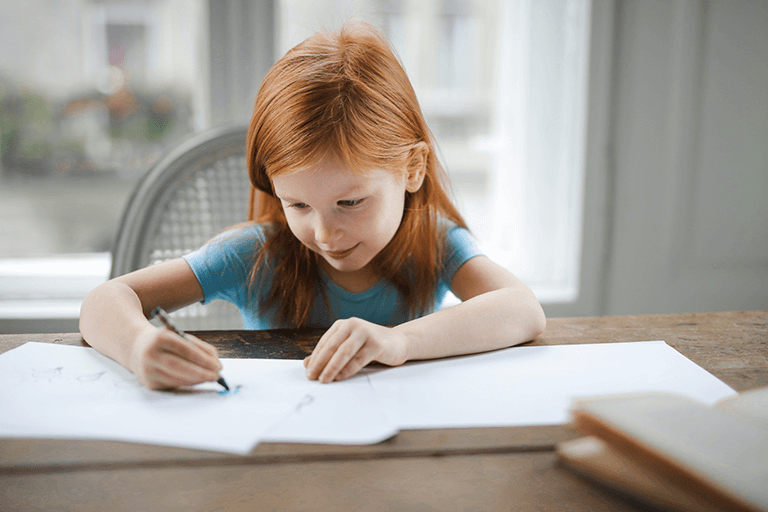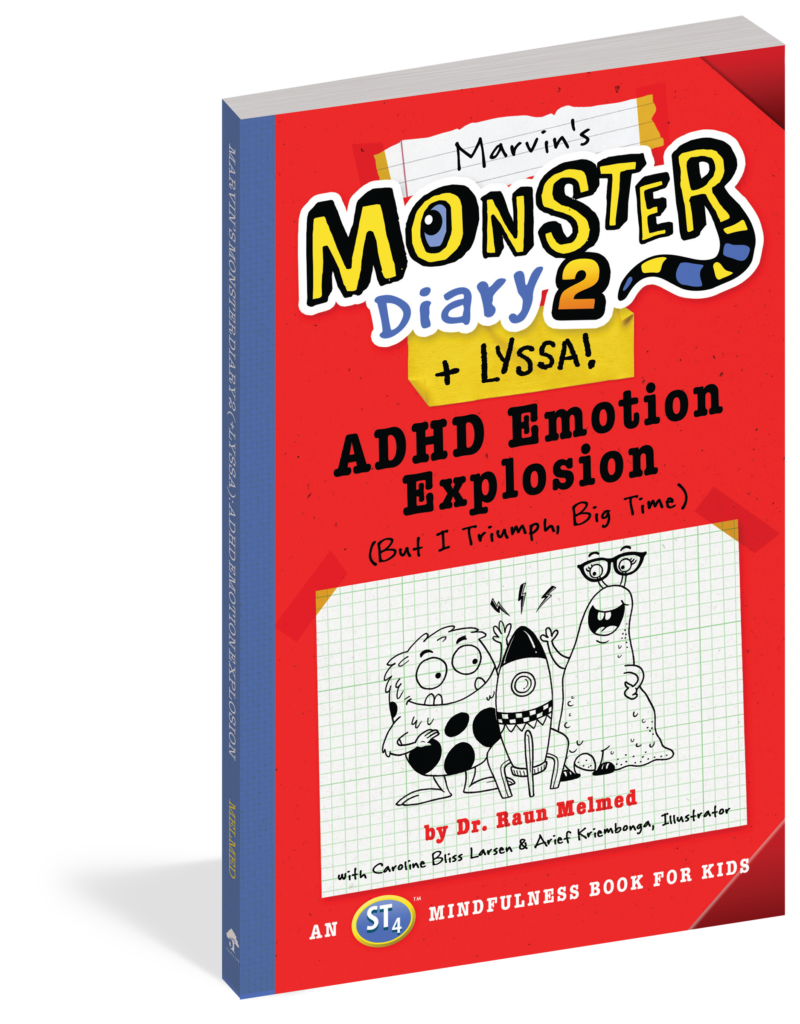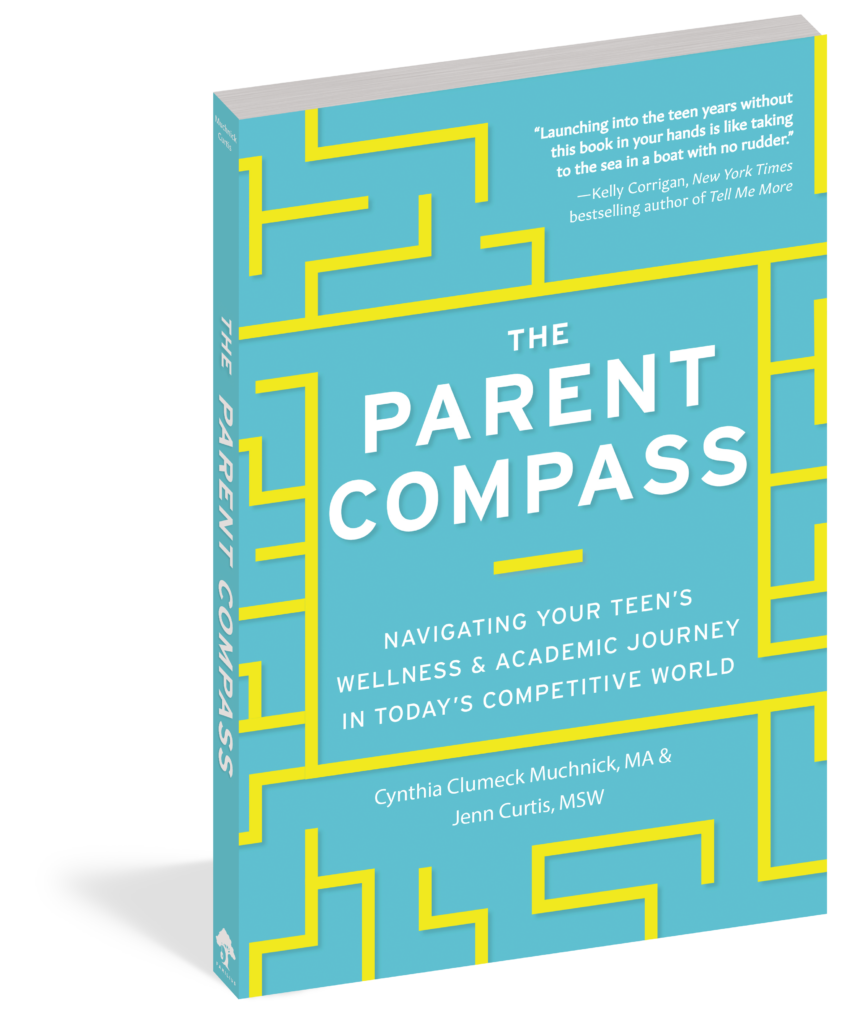
Raising Resilient Kids through Letter Writing
Letter writing, often considered outdated, is the best therapy. Raise resilient kids with these tips for writing intentional, expressive letters.
- How Does Writing Letters Help Kids?
- Making Letter Writing a Therapeutic Experience for Kids
- When Writing Letters Isn’t Enough
- Books That Help Raise Resilient Kids
Everyone knows that journaling is good therapy, but did you know that the same could be said for writing letters?
Teaching kids to write letters from a young age not only helps their cognitive and language skills but helps them develop resilience. By fostering various skills and attributes that are essential for navigating challenges and setbacks, letter writing can become a therapeutic, empowering, and supportive activity for you child’s emotional well-being.
How Does Writing Letters Help Kids?
Aside from increasing their vocabulary and understanding of language in general, which is just as important, writing letters also offers a method of self-reflection, expression, and coping strategies, much like journaling. These skills and this innate understanding of self are critical for your child’s development into a resilient and healthy adult.
Here are some more ways letter writing helps kids develop emotional resilience:
Emotional Expression
Writing letters provides a constructive outlet for children to express and process their emotions. By putting their feelings into words, kids can gain a better understanding of their emotions, leading to improved emotional regulation and resilience.
Reflection and Self-Awareness
The act of writing itself encourages reflection. By taking the time to consider words before writing, kids are given space to focus on their thoughts and carefully consider what they’re going to say. Children who regularly write letters may develop a greater sense of self-awareness, understanding their strengths, weaknesses, and coping mechanisms. This self-awareness is a key component of resilience.
Problem-Solving Skills
Through letter writing, children can articulate challenges they face and brainstorm potential solutions. This process of problem-solving contributes to the development of critical thinking skills and a proactive mindset.
A Positive Outlook
Writing letters that include positive affirmations and expressions of gratitude can shift a child’s focus toward the positive aspects of their lives. This positive mindset is linked to increased resilience in the face of adversity.
Support Networks
Writing letters to family members, friends, or even pen pals fosters connections and strengthens your child’s support networks. Knowing they have a network of people who care about them provides a sense of security and contributes to their resilience.
Narrative Identity
The act of crafting narratives through letters helps children create a sense of identity and continuity in their life story. This narrative identity, a sort of self-history, can contribute to resilience by providing a framework for understanding and navigating challenges.
Coping Strategies
Children who write letters may naturally develop and refine coping strategies. Whether it’s writing about their challenges, seeking advice in their letters, or expressing their feelings creatively, these coping mechanisms contribute to resilience.
Learning from Mistakes
In the process of writing about their experiences, children may reflect on mistakes and setbacks. This reflection can be a valuable learning opportunity, helping them develop a growth mindset and resilience in the face of future challenges.
Overcoming Obstacles
Encouraging children to write about their achievements, no matter how small, helps them recognize their progress. This recognition builds a sense of competence and resilience, reinforcing the idea that they can overcome obstacles.
A Sense of Purpose
Letter writing can provide children with a sense of purpose, especially when writing to express their values, goals, or aspirations. Having a sense of purpose is linked to greater resilience in the face of adversity.
Making Letter Writing a Therapeutic Experience for Kids
Although there are many benefits to writing letters, kids might not experience them all. Building resilience through letter writing needs to be an intentional process. Here are a few ways to turn letter writing into an outlet for self-expression and emotional processing.
1. Express Emotions
Emotions are key to building resilience. Encourage kids to express their emotions freely in their letters. Whether they’re happy, sad, excited, or angry, writing about their feelings can help them better understand and cope with their emotions.
2. Turn Writing into a Safe Space
Emphasize that the act of writing is a safe and non-judgmental space. Let kids know that they can share their thoughts without fear of criticism, creating an environment where they feel comfortable expressing themselves.
3. Consider It Journaling
Treat the letter as a form of journaling. Kids can write about their daily experiences, challenges, and successes. This allows them to reflect on their lives and gain insights into their emotions.
4. Write Themed Letters for Coping
Introduce themed letters as a way to cope with specific challenges. For example, encourage kids to write “Worry Letters” where they express their worries and fears. This can help them externalize and process anxious thoughts.
5. Write Gratitude Letters
Teach the practice of writing gratitude letters. Having kids focus on positive aspects of their lives can shift their mindset and foster a sense of appreciation, promoting emotional well-being.
6. Write Letters to Future or Past Self
Have kids write letters to their future selves, setting goals or offering words of encouragement. Alternatively, they can write letters to their past selves, reflecting on personal growth and lessons learned.
7. Encourage Creative Expression
Allow for creative expression through art and storytelling within the letters. Kids can draw, paint, or include small stories to convey their emotions in a way that feels natural to them.
8. Exchange Letters with Trusted Adults
Pen pals are a great option, but if you want kids to get the most out of writing letters, then those pen pals need to be adults who can offer experience and advice. Facilitate letter exchanges with trusted adults, such as parents, teachers, or counselors. This creates an additional support system and provides an opportunity for adults to offer guidance and encouragement.
9. Try Symbolic Letter Burning or Release
For particularly challenging emotions, consider incorporating a symbolic release. After writing about difficult feelings, kids can choose to symbolically “let go” by tearing up the letter, crumpling it, or even safely burning it (under supervision).
10. Mindfulness Techniques
Introduce mindfulness techniques within the letter writing process. This could include guided breathing exercises or encouraging kids to focus on the present moment as they write.
When Writing Letters Isn’t Enough
Putting pen to paper can solve a lot of problems, but not all of them. In teaching your child how to build resilience through letters, be sure to pay attention to their emotions and comfort level. Don’t push them to deal with something they’re not ready to. If a child is dealing with more complex issues, it’s essential to involve appropriate professionals, such as therapists or counselors, who can provide additional support. And keep in mind that while letter writing can be a valuable tool, resilience is a complex trait influenced by many factors. Combining letter writing with other supportive strategies and fostering a positive and nurturing environment is the best way to enhance your child’s overall resilience.
Books That Help Raise Resilient Kids

So Many Feelings

Marvin’s Monster Diary 2 (+ Lyssa)

The Parent Compass
Shaelyn Topolovec earned a BA in editing and publishing from BYU, worked on several online publications, and joined the Familius family. Shae is currently an editor and copywriter who lives in California’s Central Valley.
